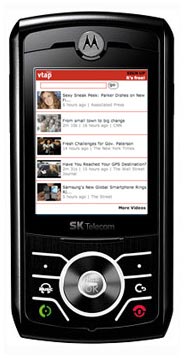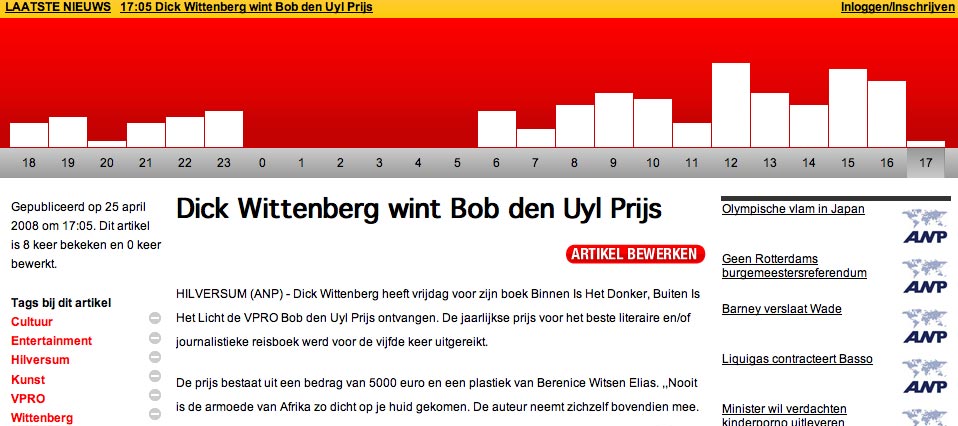In our Innovations in Journalism series, Journalism.co.uk asks website and technology developers to pitch their projects to us. This time it’s Veveo with vtap, its personalised video service for mobiles.

1) Who are you and what’s it all about?
We’re Veveo – founded in 2004 by a team of executives with a history in multimedia, networking and mobile technologies.
Veveo’s mission is to be a driving force behind the ‘video-anywhere revolution’. The company’s flagship product, vtap is the first significant proof of concept. It offers consumers an easy way to browse, discover, keep and share videos from any source on any imaginable topic on the mobile device(s) of their choosing.
vtap indexes videos from all over the internet, including user-generated content (YouTube, DailyMotion) and professional sources (BBC, CNN), as well as blogs and corporate websites.
Basically, anywhere that video appears on the internet vtap indexes it and it is searchable for users.
To set up a personalised feed, users have to register (which is a simple process requiring only an email address and password).
They then enter search terms, which will bring up results or topics. These ‘topics’ can then be added to a feed, which allows users to log in and view relevant content at any time. This can also be viewed on their mobile phone.
By each video there is a ‘share’ button which enables users to send the video to another user, they just need to know the other person’s user name.
2) Why would this be useful to a journalist?
vtap is a great way to keep up-to-date with news and current events in an easy-to-view format. Because content is pushed to you on any device, you can keep up-to-date wherever you are.
3) Is this it, or is there more to come?
vtap is under constant development by our research and development team in Bangalore so there will be additional features in the near future.
We’re also working with mobile operators, mobile manufacturers, TV providers, consumer electronics manufacturers and content creators to deploy vtap solutions.
4) Why are you doing this?
Veveo believes that video content is the easiest way to get the content you want on a mobile, whether that’s news or entertainment.
To do this Veveo believes that users should be able to easily search videos from all over the web, and save and share what they find to create a personal TV channel.
This level of personalised service enables consumers to access the most relevant video content wherever they are, on any device.
5) What does it cost to use it?
vtap is a free service.
6) How will you make it pay?
vtap will be funded by an advertising model, details of which are yet to be announced.
